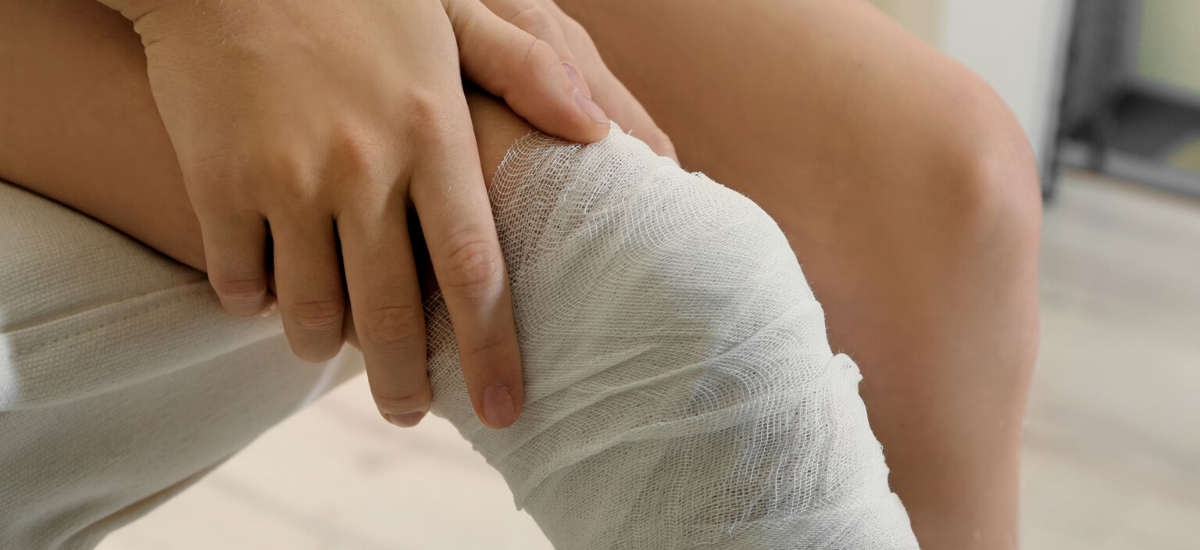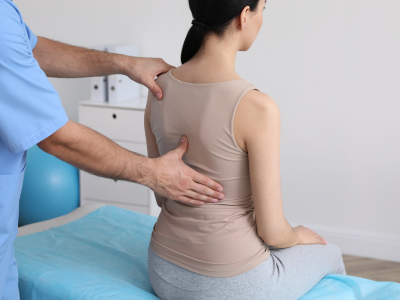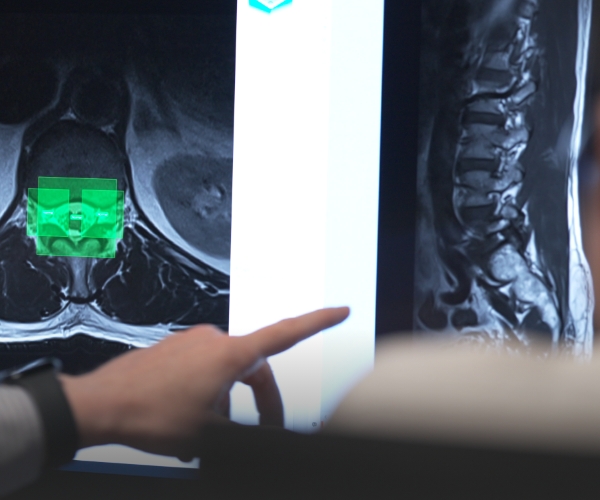Published on 8 February 2023
An increasing number of youths in Singapore have dislocated their kneecaps. We find out why that could potentially spell trouble for them in the long-term.
Joint ailments are usually associated with the elderly, but in recent years, conditions like kneecap dislocation are starting to become more prevalent among the youth in Singapore.
According to Dr Sharon Tan, Consultant, Department of Orthopaedic Surgery, National University Hospital (NUH), this is due to an increase in the number of youths who play sports.
“Teenagers in Singapore have been increasingly more active in sports, therefore increasing their risk of sustaining a knee cap dislocation,” shared Dr Tan. “Most kneecap dislocations occur after an initial traumatic episode. NUH sees a large proportion of these, with our paediatric orthopaedics division seeing about 100 cases every year.”
Three common stages of severity
A dislocated kneecap occurs when the bone at the front of the knee, known as the kneecap or patella, slides out of place. Kneecap dislocations can occur in varying degrees of severity.
In its least severe form, teenagers can experience pain at the front of the knee without recognising that the kneecap is slipping in and out of the joint.
The next level of severity is subluxation, in which the kneecap slips in and out of position, but without fully shifting out of the joint.
The most severe form is a full dislocation – this happens when the kneecap moves out of the joint completely, and needs to be manipulated back to its original position.
Kneecap dislocations can also occur as habitual dislocations or fixed dislocations. In the case of the former, the kneecap moves out of the joint whenever the knee is straightened or bent. The latter, on the other hand, describes a permanently dislocated kneecap.
Preventing and treating kneecap dislocations
Naturally, active teens who are constantly on the move are at a higher risk of experiencing a kneecap dislocation. However, this can be prevented with pre-emptive measures such as strengthening the muscles around the kneecap to stabilise it, as well as increasing reinforcement to their kneecap using taping and braces.
“Teenagers who have experienced a kneecap dislocation before are recommended to attend physiotherapy sessions, which will help them with the strengthening, stretching, proprioception exercises, taping, bracing and behavioural modifications,” said Dr Tan.
The proper rehabilitation of kneecap dislocation is also pivotal in preventing it from occurring again, which could lead to more severe repercussions in the long-term.
“More than 50% of teenagers with kneecap dislocation can be successfully rehabilitated,” Dr Tan elaborated. “However, patients with repeated dislocations would often require surgery to address the underlying risk factors for repeated dislocations.
“Repeated dislocations can damage the cartilage in the knee joint, leading to arthritis, with persistent pain in the long run.”
It is never too early to start taking care of the knees – after all, doing so can help to prevent an early onset of joint-related concerns.
In consultation with Dr Sharon Tan, Consultant, Department of Orthopaedic Surgery, NUH.




